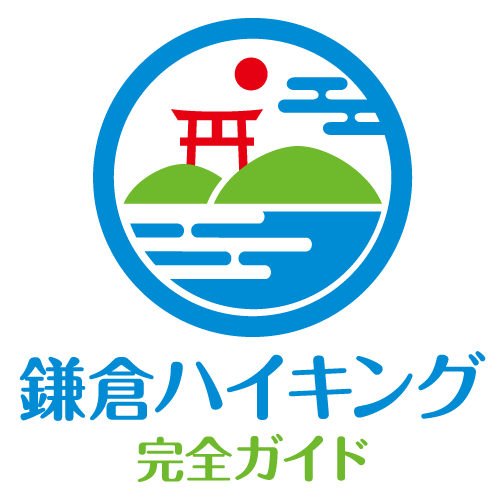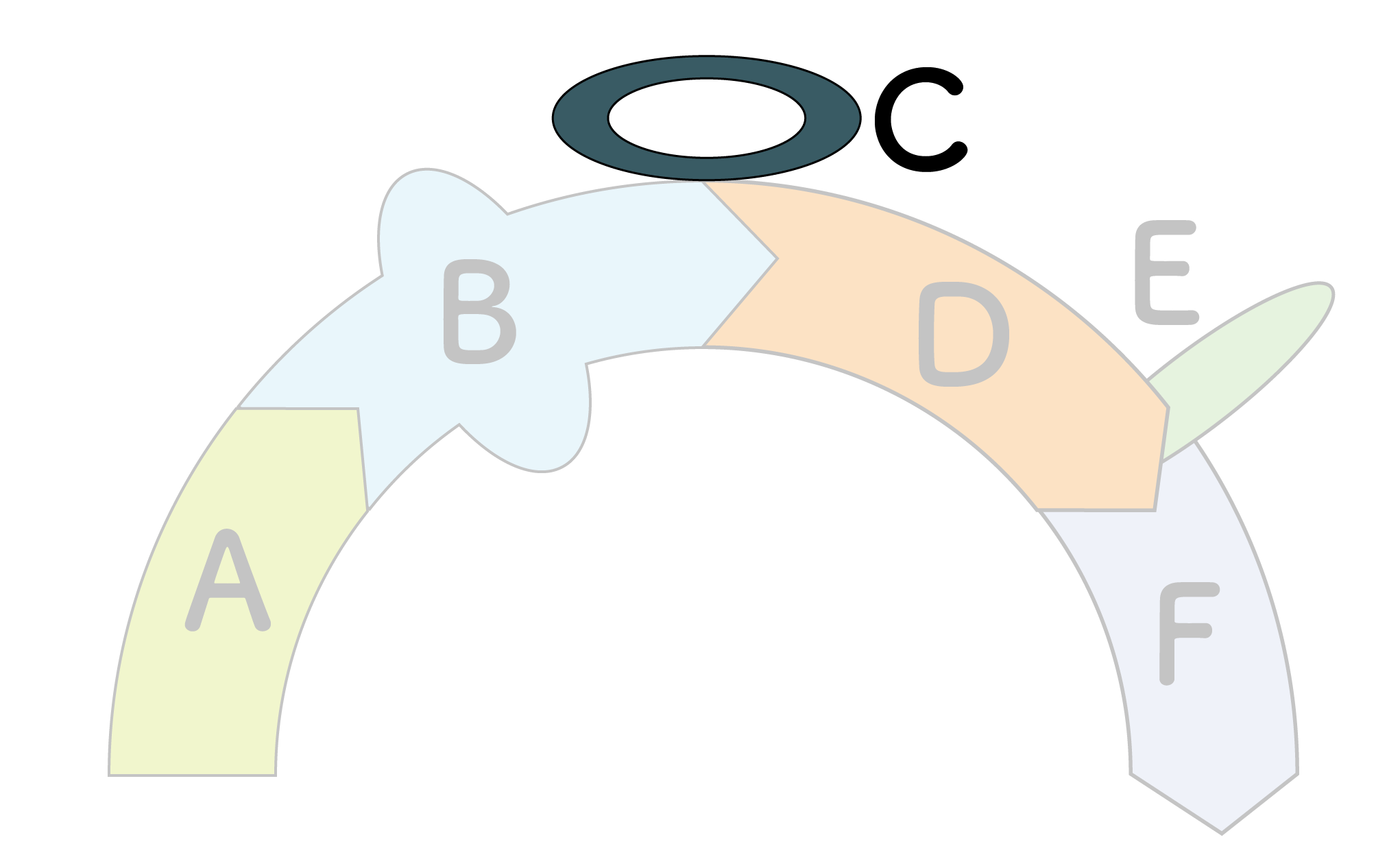Course C
Rokkoku-kenzan
Rokkoku-kenzan
The name Rokkoku-kenzan comes from the fact that it overlooks six provinces: Sagami, Musashi, Izu, Kamisou, Shimousou, and Awa.
From the observatory, visitors can enjoy a panoramic view of Kamakura city, Mt.
The park is maintained as Mt.Rokk Forest Park, so visitors can enjoy forest bathing at their leisure.
Course Outline
- Difference in elevation: Steep slope on paved road to the entrance, the course is on a ridge road and a well-maintained path in the forest park.
- Shoes: comfortable walking shoes

00:00 Entrance to Rokkoku-kenzan Course
Narrow bamboo grove road
![]() 00:10 Summit of Rokkoku-kenzan
00:10 Summit of Rokkoku-kenzan
Ridge road in a grove of cedar trees
![]() 00:25 Grave of the Child
00:25 Grave of the Child
Gentle ridge road
![]() 00:30 Rokkoku-kenzan Observatory
00:30 Rokkoku-kenzan Observatory
trail
![]() 00:30 Married Couple Cherry Blossoms
00:30 Married Couple Cherry Blossoms
Well-maintained trails in the park
![]() 00:40 Entrance to the Beiling entrance
00:40 Entrance to the Beiling entrance
Paved road and field in the middle of the road
00:42 Baby steps junction
Footpaths and ridgeways through the fields
01:00 Entrance to Rokkoku-kenzan
Course Highlights
Rokkoku-kenzan Forest Park is maintained as a forest park that preserves the precious natural environment left behind by the residential areas.
From the observation deck in the park, you can enjoy a view overlooking not only Kamakura but also the six provinces (Sagami, Musashi, Izu, Kamisou, Shimousou, and Awa), as the name implies. The ridge path is maintained as a hiking course and is gentle. The area around the observatory is well maintained. The slope toward the exit is steep, but stairs are well maintained. This is an ideal family hiking course. When combined with the Tenen Hiking Trail, the volume is high and plenty of walking can be done.
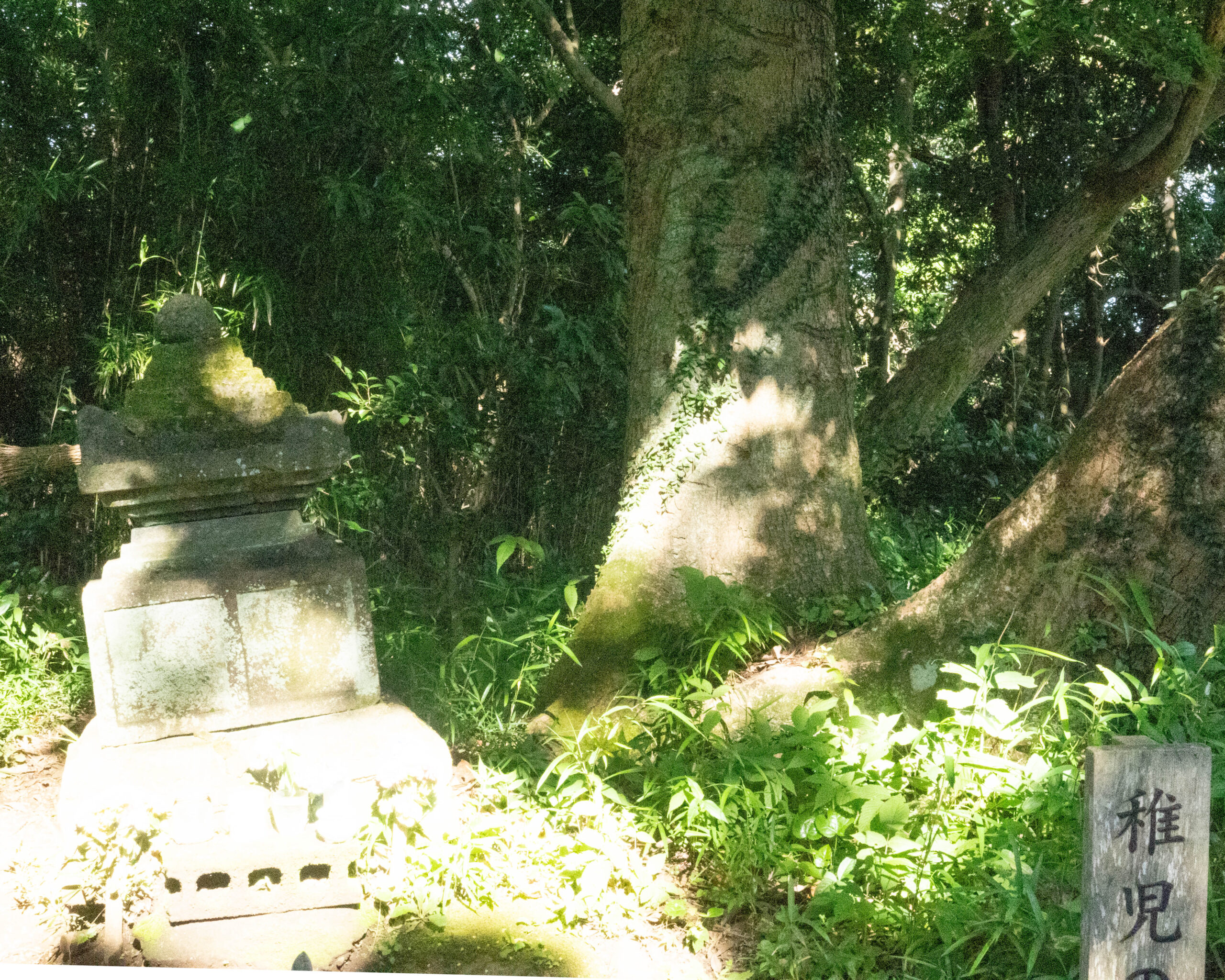
Tomb of the Child ❺
It is said that it was built for the memorial service for the daughter of Someya Tarotayu Tokitada, who lived in Maehama (Yuigahama). When his daughter passed away, she was buried near the top of Rokkunimiyama, which is said to be one of the best places in Kamakura. The stone pagoda erected at that time is said to be the “Tomb of the Child” and is still quietly enshrined near the observatory. Someya Tokitada was a real person who lived from the Asuka period to the Nara period (early 700s). For more information, the following page explains the inscription on the stone pagoda.
Someya Tarotayu Tokitada Residence Site Monument
monument at a crossroads
Rokkoku-kenzan Observatory ❻
After passing the child’s grave, it will take you about 5 minutes to get there. In the middle of the hiking trail, you will see a staircase that climbs up a small hill. Go up there and you will reach a lookout point.
As the name Rokkunimiyama suggests, it offers a 360-degree view of the city.
Fuji in the distance and the landmark of Yokohama can also be seen.
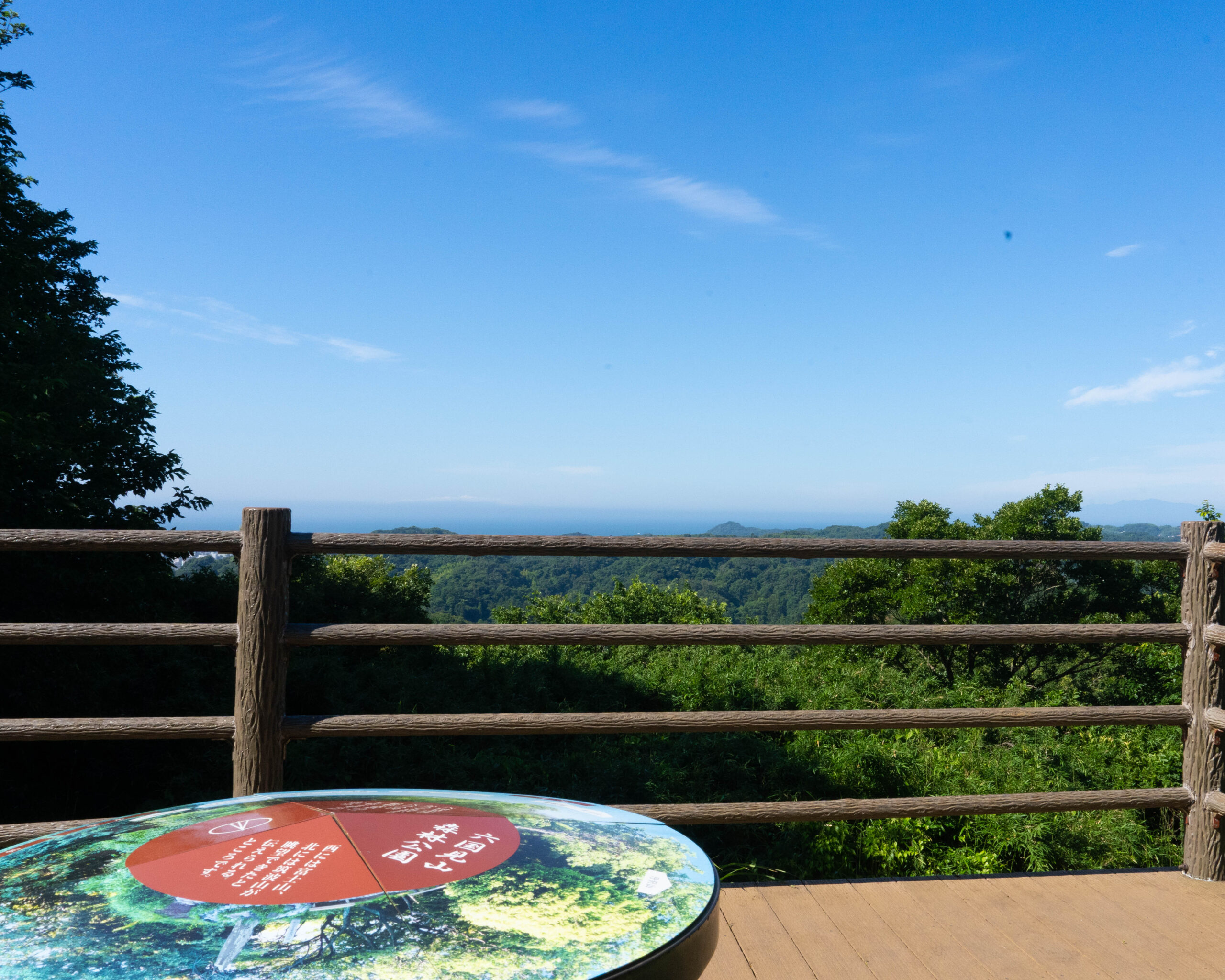
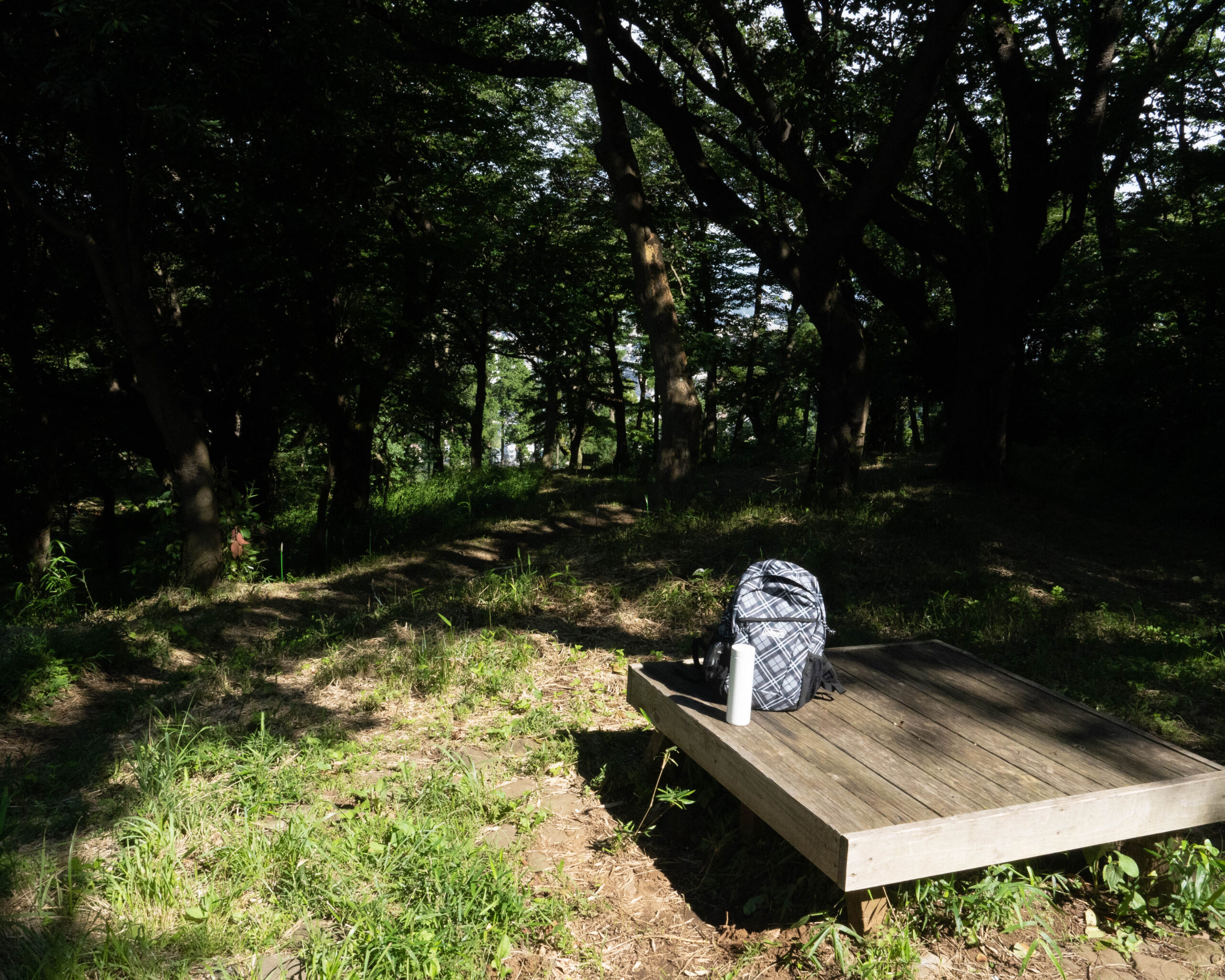
Plaza under the observatory ❼
A rest area is maintained below the observatory.
The space is just right for a coffee break or a family snack.
Married Couple Cherry Blossoms ❼
A little further down from the plaza below the observatory, there is a couple cherry trees, named after the two standing so close to each other.
In spring, it would be beautiful with cherry blossoms in full bloom.
I would love to do another interview and post photos.
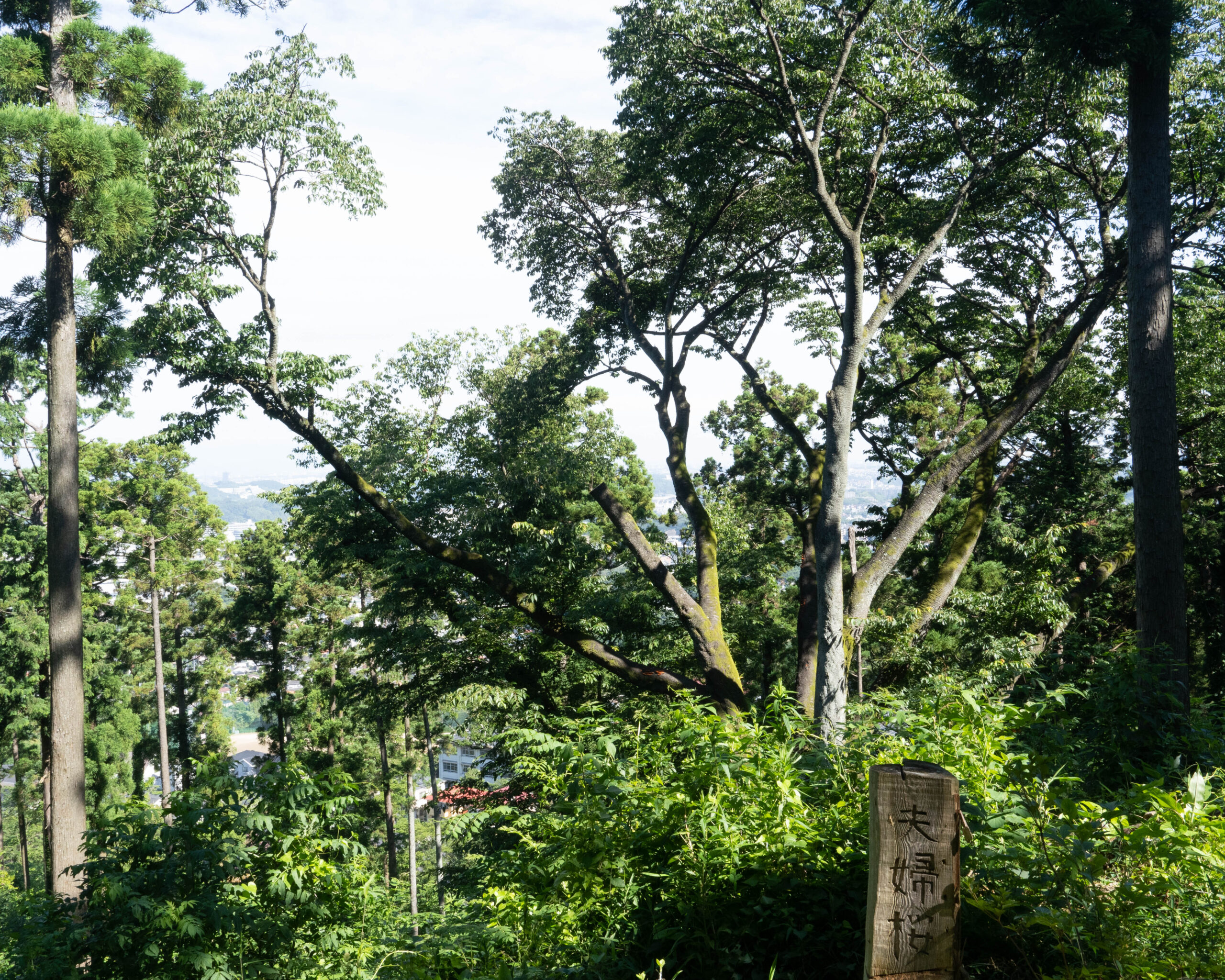
Before the start
(one’s) whereabouts
Check the restroom
It is not located in the middle of the course, but is located in Myogetsuin.
See Toshi’s Kamakura Hiking Map for detailed locations of restrooms.
Packed lunches and beverages
vending machine
It is located on the road between JR Kitakamakura Station and Meigetsuin Temple.
For information on nearby vending machines, see Toshi’s Kamakura Hiking Map
(The photo shows a vending machine along the railroad tracks from the east exit of JR Kitakamakura Station in the direction of Meigetsuin.)
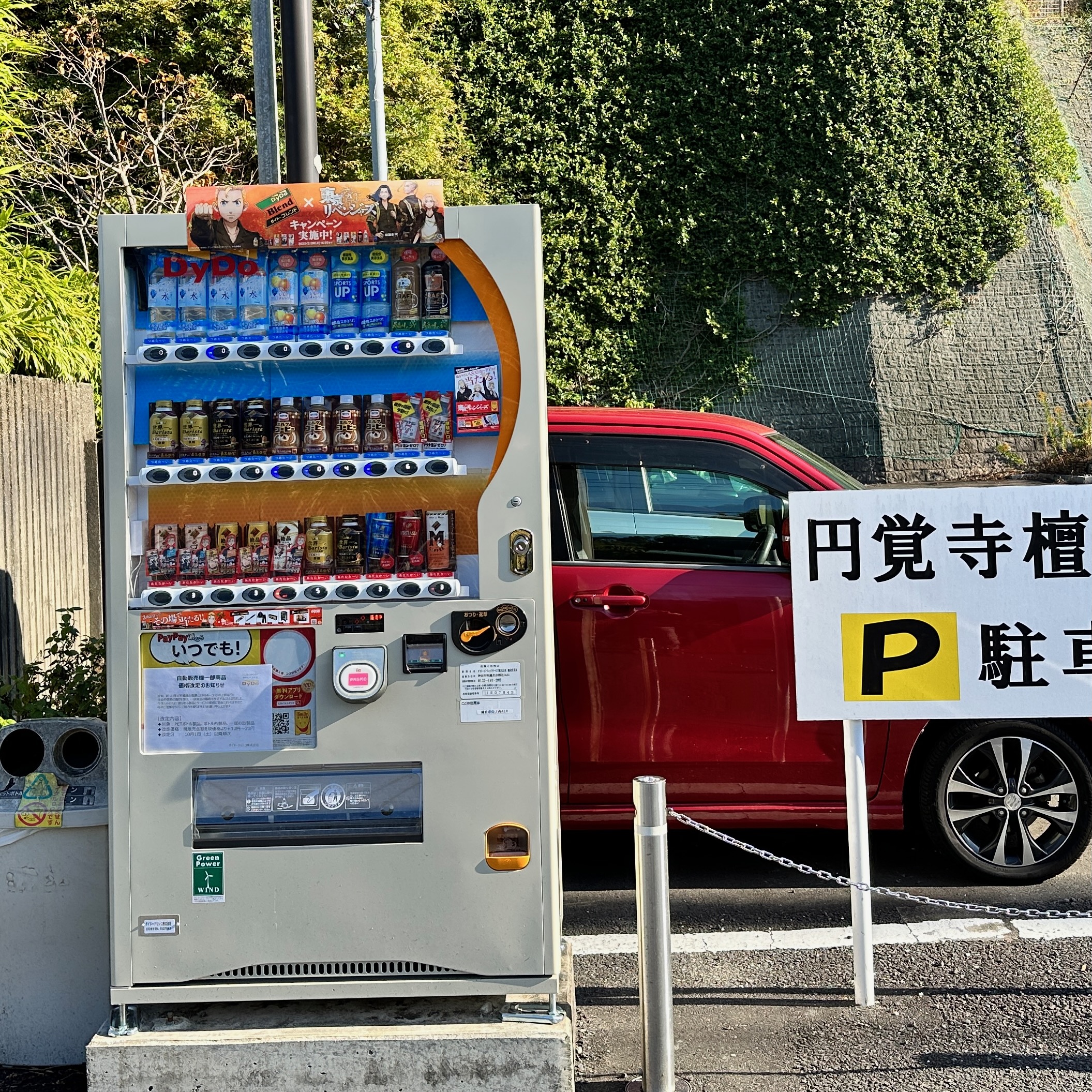
After the goal
I’m tired. I’m leaving.
breaking one’s journey
Visit the Hydrangea Temple.
During the hydrangea season, around June, about 6,000 flowers are in full bloom. The garden behind the main hall is usually closed to the public, but is open to the public during the Hanashobu (Japanese honeysuckle) blooming season and the fall foliage season.
